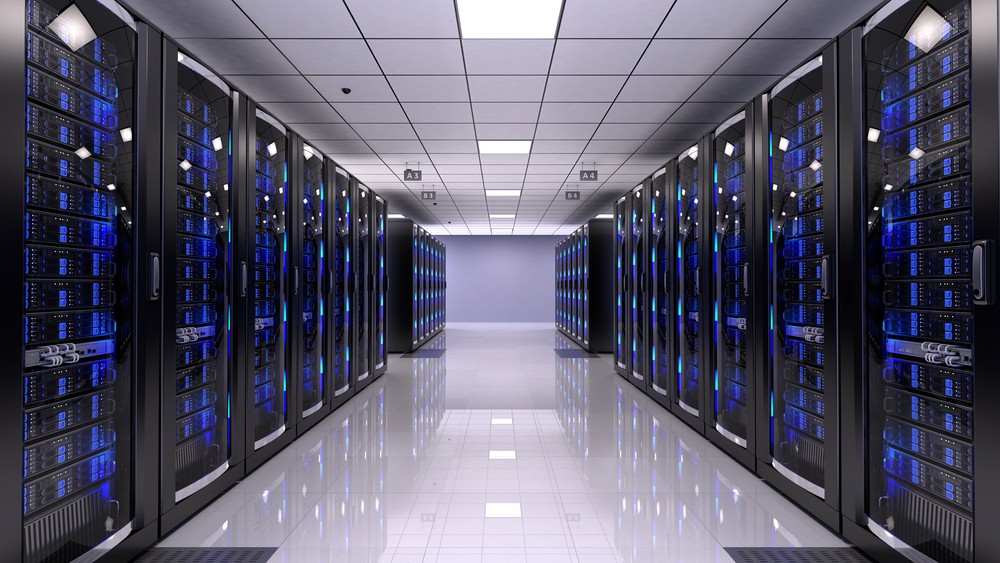In an article earlier this year in Digitalisation World, Marcus Doran said:
“…the average organization can expect an error rate of 15 percent or more when manually tracking IT assets.”
[1]
This article shows you 10 reasons why great asset management can significantly and positively impact your bottom line in data center operations.
Have a look at the following questions and if you answer no to any of them, then keep reading….
- Do you have a common asset management system across your business?
- Are you sure you don’t have any ghost / comatose servers / assets in your inventory?
- Are you positive that you are tracking all assets – eg. tracking blades and the chassis?
- Do you have flexible architectures allowing integration in your IT systems for asset tracking and management.
- Are you 100% sure that you know exactly what you have in your DC? Do you have an up-to-date CMDB?
To start, you need to know the scope of requirements for asset management within your business. Start from the top – your business objectives, and work down from there. Then read on to see the benefits that you could realise in a relatively short time frame.
1. Good processes and procedures
To ensure successful moves / adds / changes, good processes and procedures are required, based on solid asset management – knowing where the assets are located, who owns them, what maintenance there is against them and so on. These internal cycles are saved instantly. Without good business processes, however, this could all be undone very quickly.
2. Efficient resource / IMAC management
If you know where everything is, then you don’t have to send resources out to run an audit. The entire change project takes fewer resources, and is lower cost and risk to complete.
3. Single source of the truth through the entire stack, and business
Capacity planning runs through the full stack, from the physical infrastructure, to the application layer, so it makes sense to manage it all in one place. An integration with your company ERP / CMDB systems ensure one single database. No more pointless reconciliation projects.
4. Essential foundation for DCIM and SDDC
If a data centre area has a high weekend bandwidth, and compute utilization, then ensuring that the appropriate power is available is critical to keeping the service alive. So the very foundations to implementing DCIM or a Software Defined Data Centre, is ensuring you have both IT Asset Management and DC Asset Management in the same system. You can’t make decisions or program automated actions without it.
5. ISO9001 (and other standards) compliance
If you have a successfully implemented Asset Management system, ticking the boxes for a compliance audit will be a doddle – at least from an asset and category perspective.
6. Purchase, lease, and warranty information
All of this information is stored and tracked within most asset management systems – the collated information ensures that you can get the best service / price possible from your vendors.
7. Comatose / Zombie servers
Comatose, or zombie servers frequently occur when they are orphaned – eg their owner leaves the company. If you are tracking ownership, then you can reassign that ownership when someone leaves the organisation and utilize the assets appropriately.
8. Open-source APIs, easy access
With the Internet of things (IOT) maturing and the digital mesh becoming more of a reality, it rarely makes sense nowadays to create stand alone software that doesn’t talk to anything else. Make sure your environment has a flexible architecture, and the vendors your choose should have an open-source mindset when it comes to integrating with other systems. Some of the more forward-thinking providers are catching on to this, and making the application very easy to access.
9. Real-time reporting instead of constantly assessing or auditing
A transparent environment is the most efficient. Yes it takes a little bit more effort up front to keep the information up-to-date, but if your staff are strict with it, you will create real agility within your data center. Imagine being able to answer the queries from the business instantly!
10. Migrations / mergers
As with the above, the auditing part of the project is already complete, saving you around 30% of the resource cost if you had to audit before a migration.
My final word on this is that you must have your internal processes and procedures clear, in order to successfully implement great asset management and realise all the above benefits. If not, you may fall at the first hurdle.





